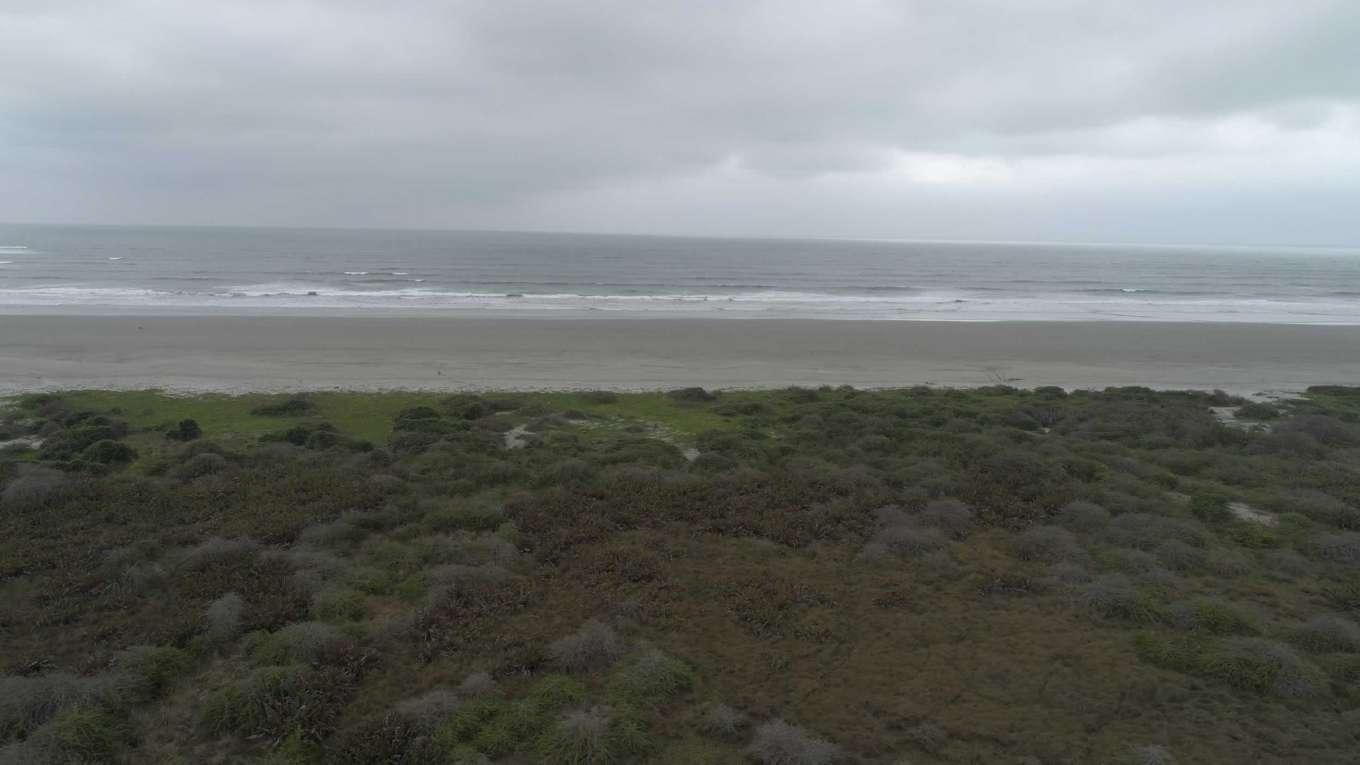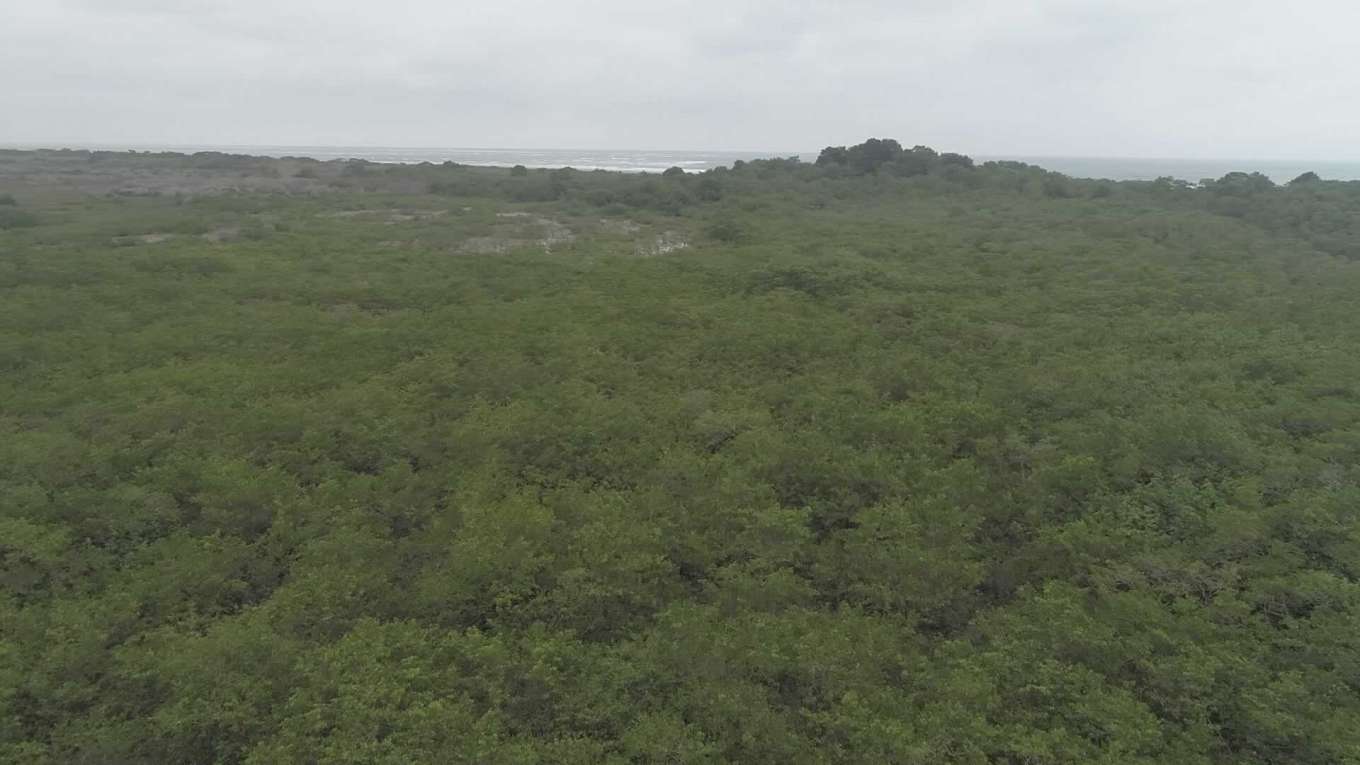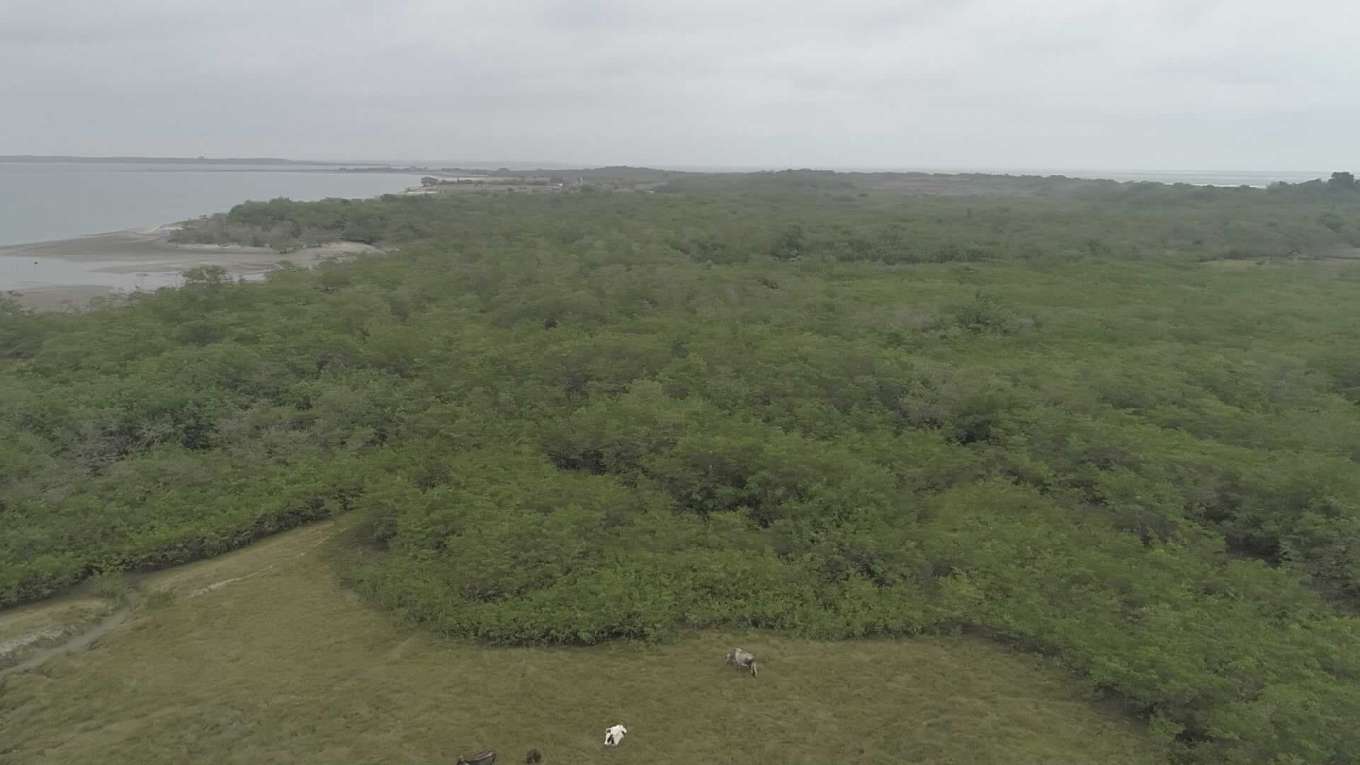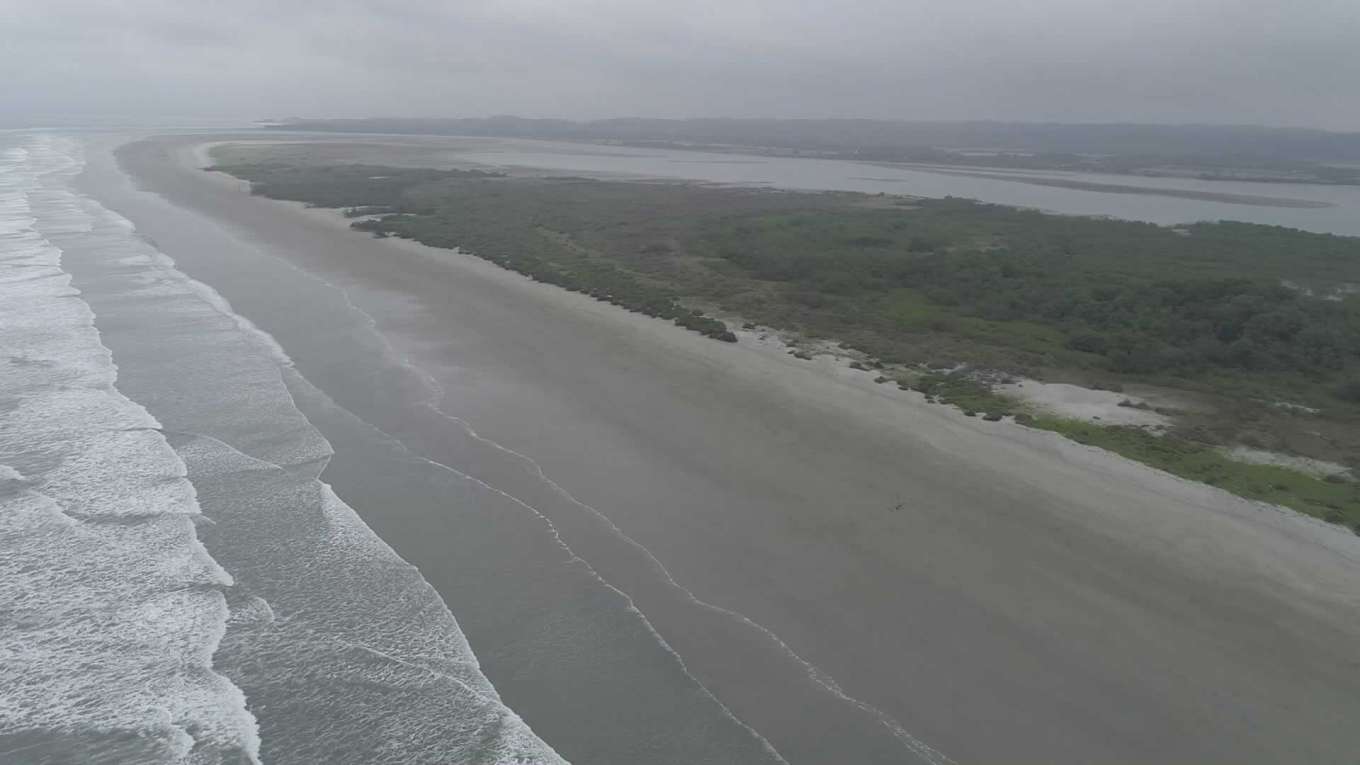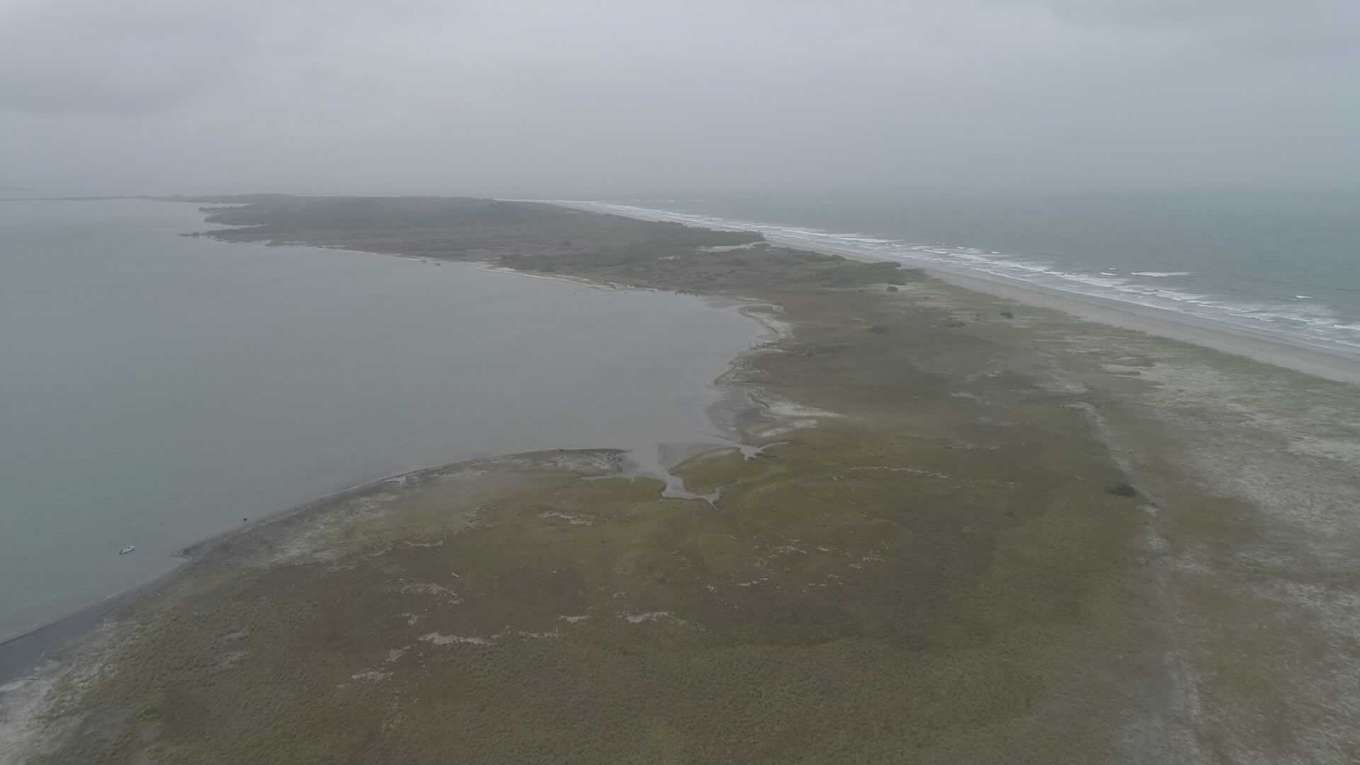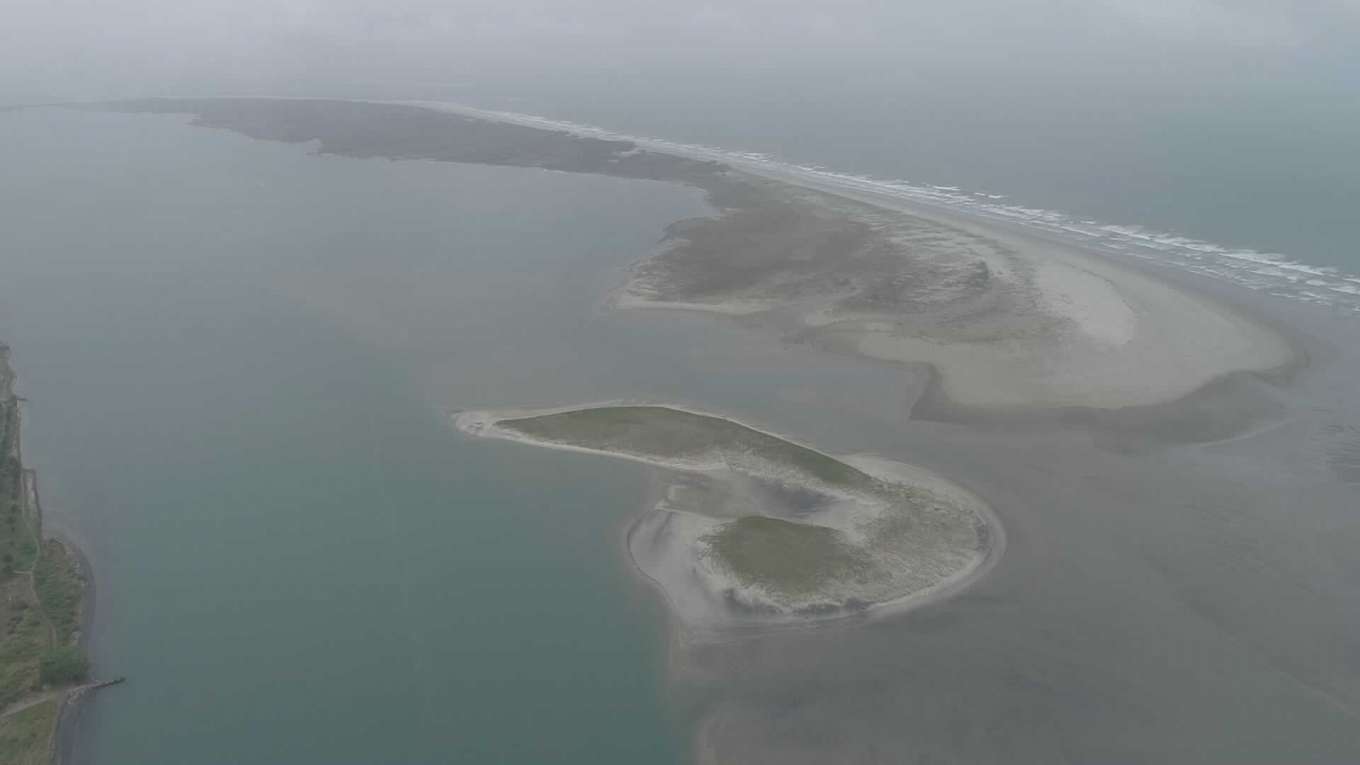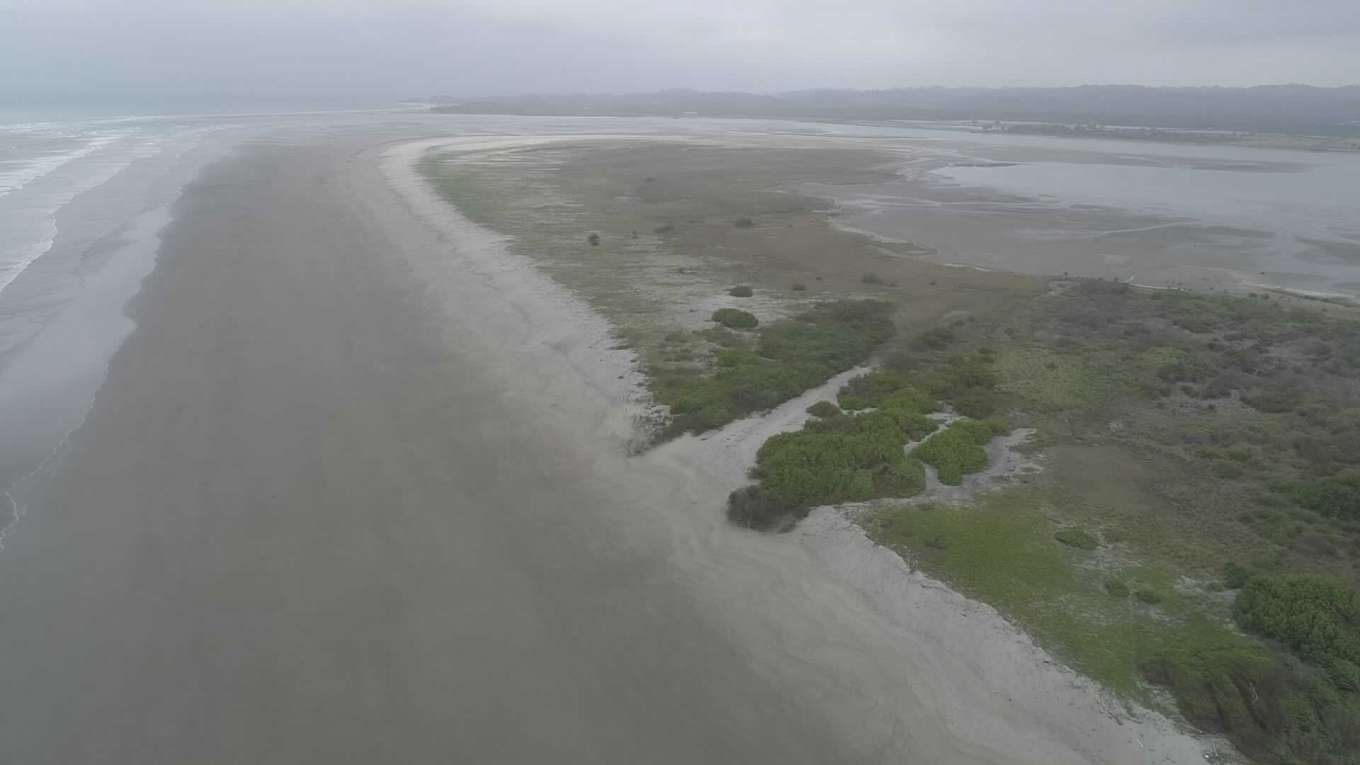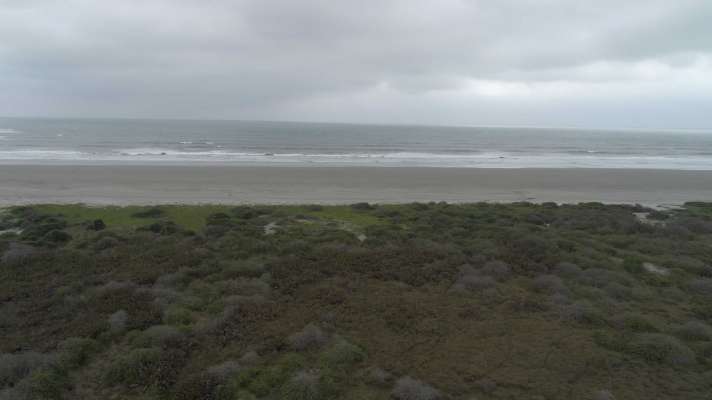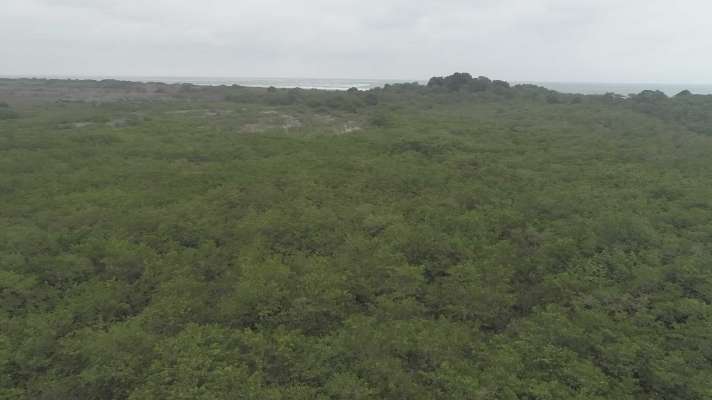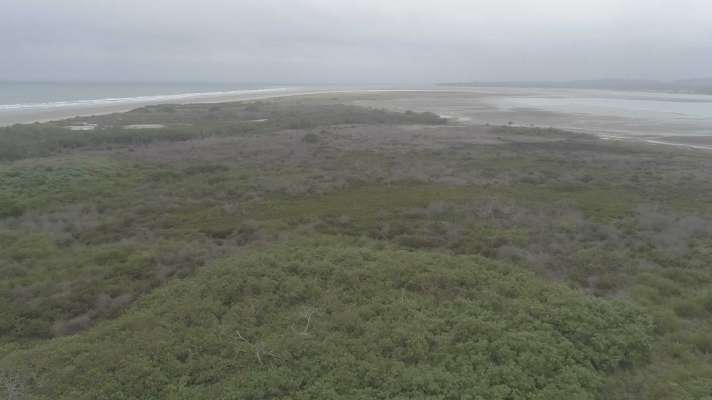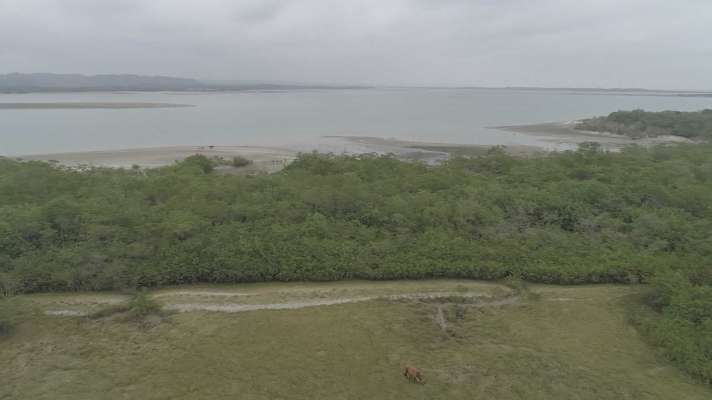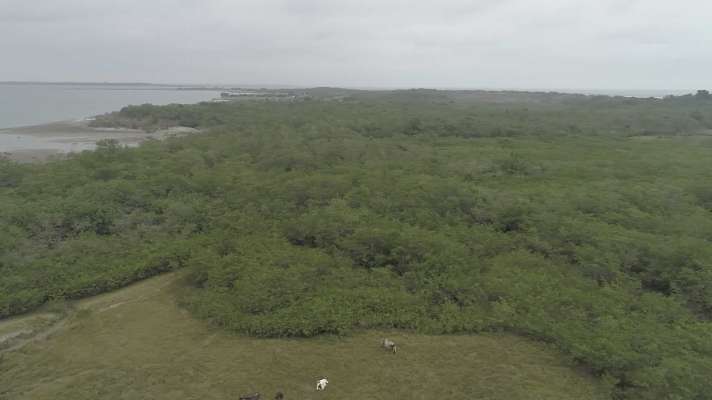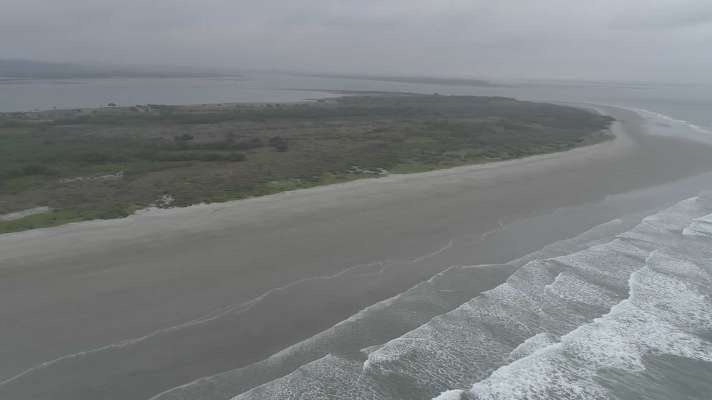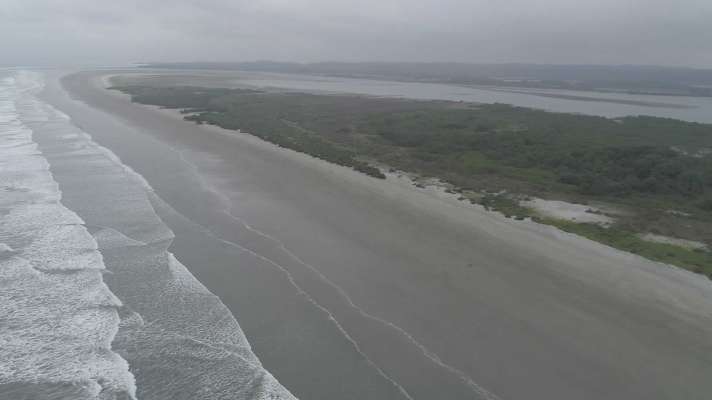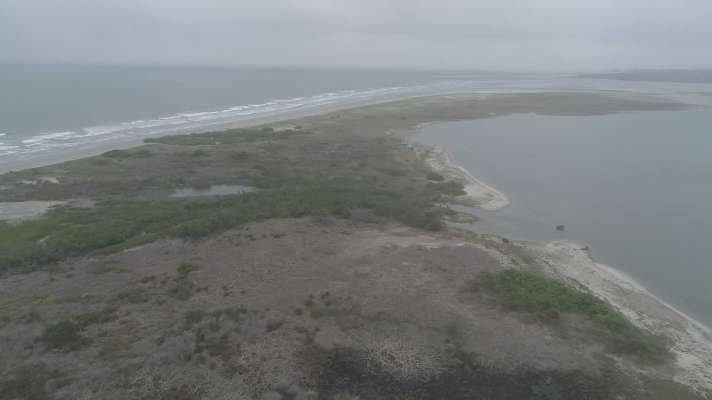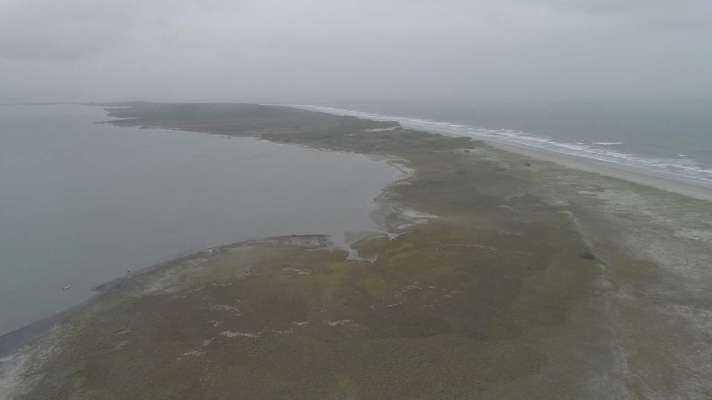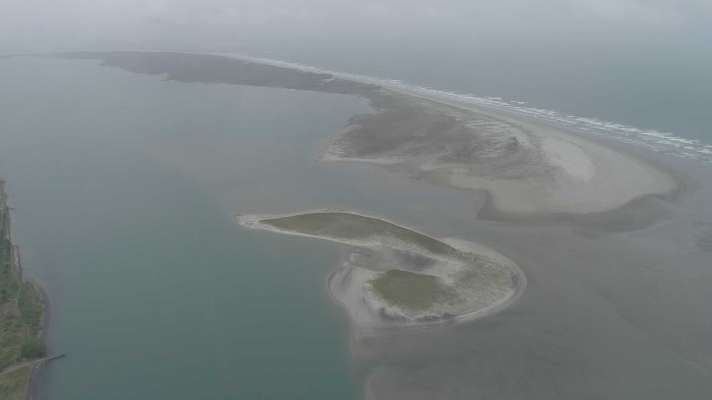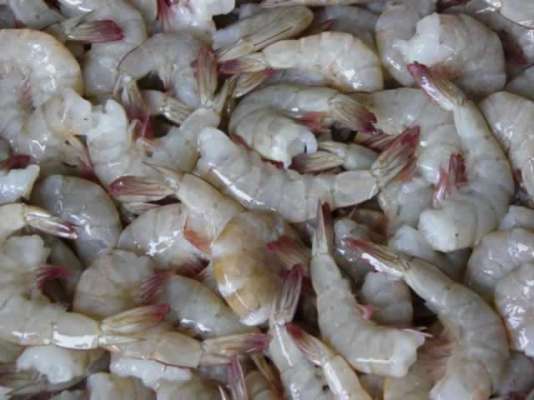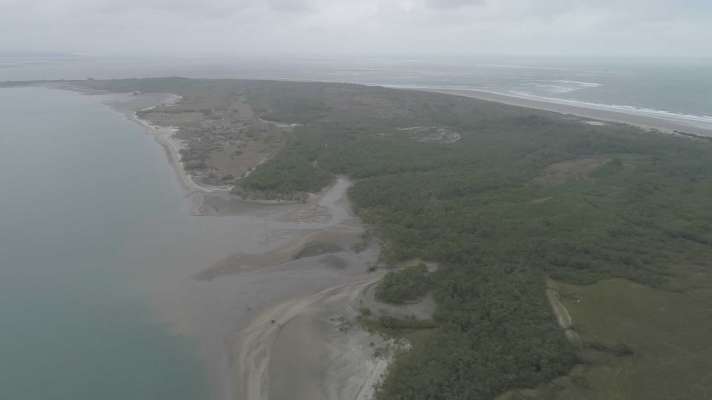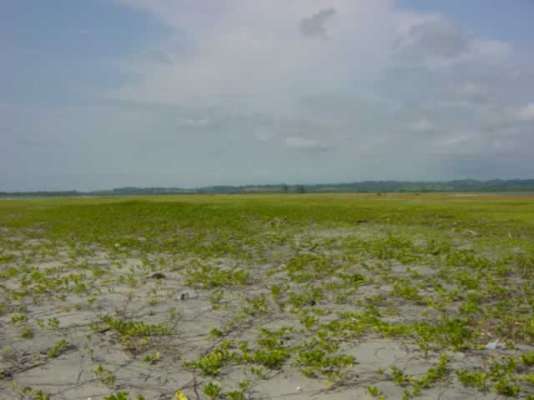Jupiter Island
Available for sale in parcels or as whole island, Jupiter Island is a paradise of 642.47 acres, with beaches along the Pacific Ocean spanning nearly 4,500 m. and a width that fluctuates between 150 m. and 200 m. The island is located very close to the continental coast, with the nearest region approximately 200 m. away. The island is full of endemic and introduced vegetation, and it is currently a hacienda with cattle and its fauna are very va ...
Available for sale in parcels or as whole island, Jupiter Island is a paradise of 642.47 acres, with beaches along the Pacific Ocean spanning nearly 4,500 m. and a width that fluctuates between 150 m. and 200 m. The island is located very close to the continental coast, with the nearest region approximately 200 m. away. The island is full of endemic and introduced vegetation, and it is currently a hacienda with cattle and its fauna are very varied with 35 species of birds, iguanas, fish, crustaceans, mollusks, and vertebrates.
The topography is totally flat, and there is good, quality fresh water throughout all its surface. The land is sandy, and maintains a natural surface aquifer all year round as a product of the rainy waters of the winter season from January to May with temperatures that fluctuate from 27 ° C to 32 ° C. The rest of the year brings a dry summer with a pleasant tropical climate between 24 ° C and 27 ° C. Tourism is excellent year-round because the island is located in the torrid zone, in Ecuador, South America.
You can build a grand hotel with a golf course, a landing strip, a sports marina, courts, and so much more. The island's ecology is captivating with a varied, cozy, and singular landscape. It is close to the towns of the area and additional hotels with strong occupation percentages. The neighbors are hospitable and hard-working people and the main activities of the area entail large-scale shrimp farming, livestock, cocoa crops, coffee, and pastures.
There are no significant construction or development projects currently being completed on the island. Everything is to be done from scratch and it depends on the imagination of the new owner and his planners and architects to offer the world a new ecological tourism space that meets the expectations of the new strategies that operators offer today.
HISTORY OF THE ISLAND
The island's story goes back to April 17, 1911, when the 3-masted sailing Jupiter´s ship with a Chilean flag transported fine woods from Costa Rica to Chile. It was a special wood that is known as Bitter Cedar, and it is incorruptible.
This ship ran aground on the lower part of the island and was destroyed by the waves. The inhabitants of the neighboring town that lined the coast at that time, helped the crew of the ship tie up the wooden trosas to prevent the currents from taking the product while they waited to be rescued. The crew, meanwhile, went to Esmeraldas in a small emergency boat with oars and a single sail to embark on another ship to the south and seek support for the rescue of the wood.
After 3 months, they returned with three Peruvian vapors, and took the precious cargo to Chile. Meanwhile, the ship lay buried, and in its environment, a new base was formed that grew bigger and taller. And after more than 100 years, the sandy lands that are part of the island today, are made from the old boat. The boat was built from pine wood of the Araucaria de Chile, a very noble wood and resistant to the salinity of the sea.
On the island, there are some remains of the boat that were rescued in 1990. These remains were part of the keel and the top with nails that measured 60 centimeters long and one-inch thick with square heads. That was the technology of more than 100 years ago; there were no bolts with nuts! These remains have become a testimony of this story. It was a Chilean biologist who visited the island some years ago, who confirmed the material that the ship was made of.
Jupiter Island took the name of that ship.
Available for sale in parcels or as whole island, Jupiter Island is a paradise of 642.47 acres, with beaches along the Pacific Ocean spanning nearly 4,500 m. and a width that fluctuates between 150 m. and 200 m. The island is located very close to the continental coast, with the nearest region approximately 200 m. away. The island is full of endemic and introduced vegetation, and it is currently a hacienda with cattle and its fauna are very varied with 35 species of birds, iguanas, fish, crustaceans, mollusks, and vertebrates.
The topography is totally flat, and there is good, quality fresh water throughout all its surface. The land is sandy, and maintains a natural surface aquifer all year round as a product of the rainy waters of the winter season from January to May with temperatures that fluctuate from 27 ° C to 32 ° C. The rest of the year brings a dry summer with a pleasant tropical climate between 24 ° C and 27 ° C. Tourism is excellent year-round because the island is located in the torrid zone, in Ecuador, South America.
You can build a grand hotel with a golf course, a landing strip, a sports marina, courts, and so much more. The island's ecology is captivating with a varied, cozy, and singular landscape. It is close to the towns of the area and additional hotels with strong occupation percentages. The neighbors are hospitable and hard-working people and the main activities of the area entail large-scale shrimp farming, livestock, cocoa crops, coffee, and pastures.
There are no significant construction or development projects currently being completed on the island. Everything is to be done from scratch and it depends on the imagination of the new owner and his planners and architects to offer the world a new ecological tourism space that meets the expectations of the new strategies that operators offer today.
HISTORY OF THE ISLAND
The island's story goes back to April 17, 1911, when the 3-masted sailing Jupiter´s ship with a Chilean flag transported fine woods from Costa Rica to Chile. It was a special wood that is known as Bitter Cedar, and it is incorruptible.
This ship ran aground on the lower part of the island and was destroyed by the waves. The inhabitants of the neighboring town that lined the coast at that time, helped the crew of the ship tie up the wooden trosas to prevent the currents from taking the product while they waited to be rescued. The crew, meanwhile, went to Esmeraldas in a small emergency boat with oars and a single sail to embark on another ship to the south and seek support for the rescue of the wood.
After 3 months, they returned with three Peruvian vapors, and took the precious cargo to Chile. Meanwhile, the ship lay buried, and in its environment, a new base was formed that grew bigger and taller. And after more than 100 years, the sandy lands that are part of the island today, are made from the old boat. The boat was built from pine wood of the Araucaria de Chile, a very noble wood and resistant to the salinity of the sea.
On the island, there are some remains of the boat that were rescued in 1990. These remains were part of the keel and the top with nails that measured 60 centimeters long and one-inch thick with square heads. That was the technology of more than 100 years ago; there were no bolts with nuts! These remains have become a testimony of this story. It was a Chilean biologist who visited the island some years ago, who confirmed the material that the ship was made of.
Jupiter Island took the name of that ship.

